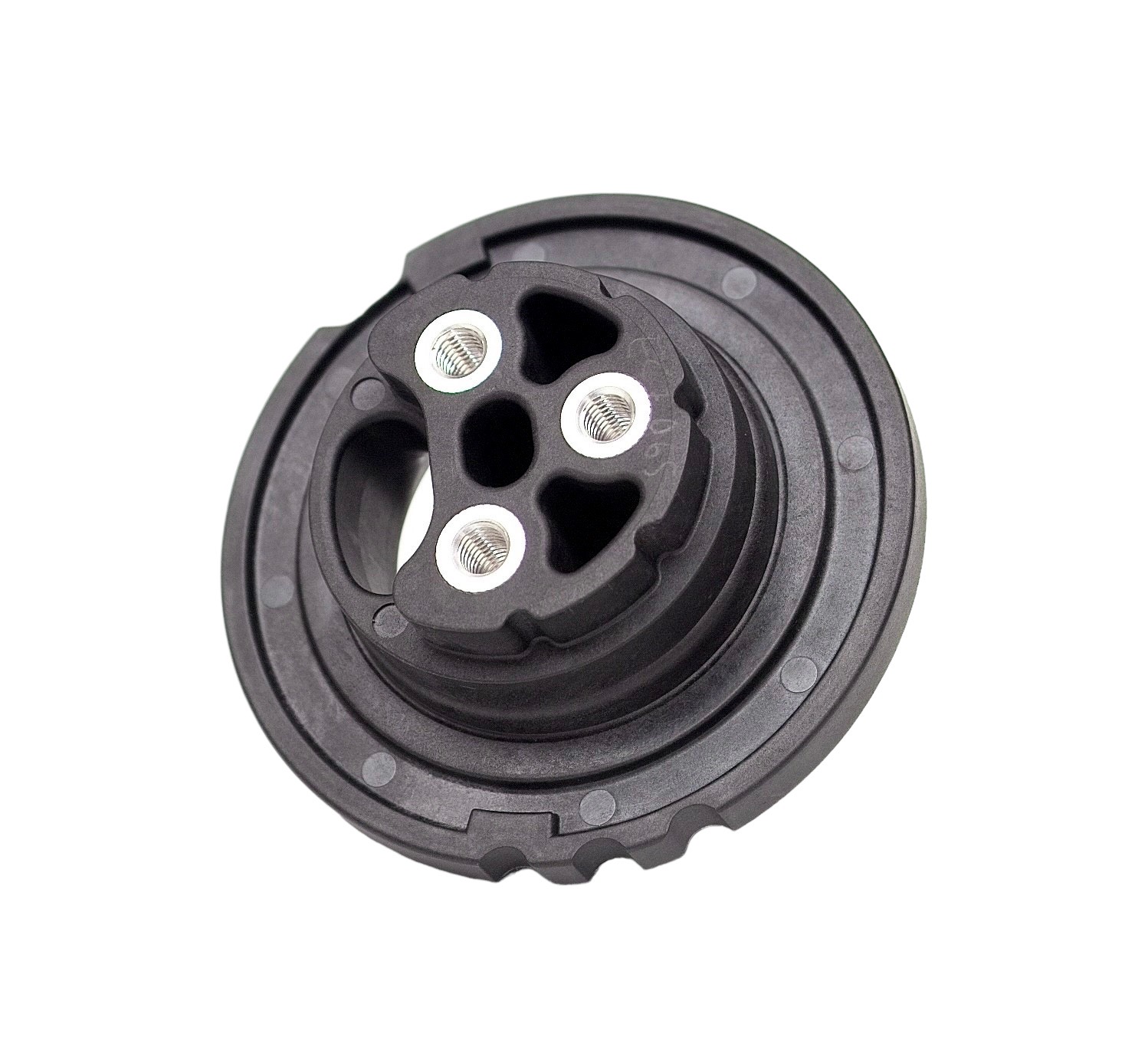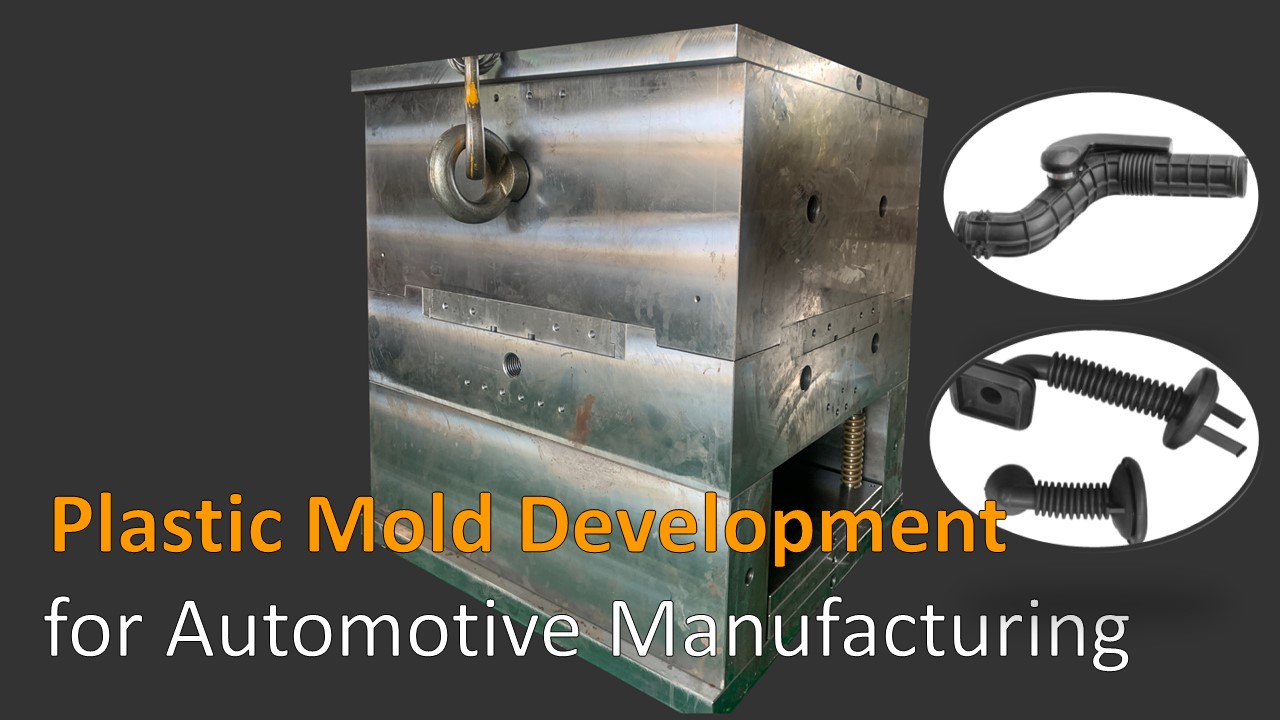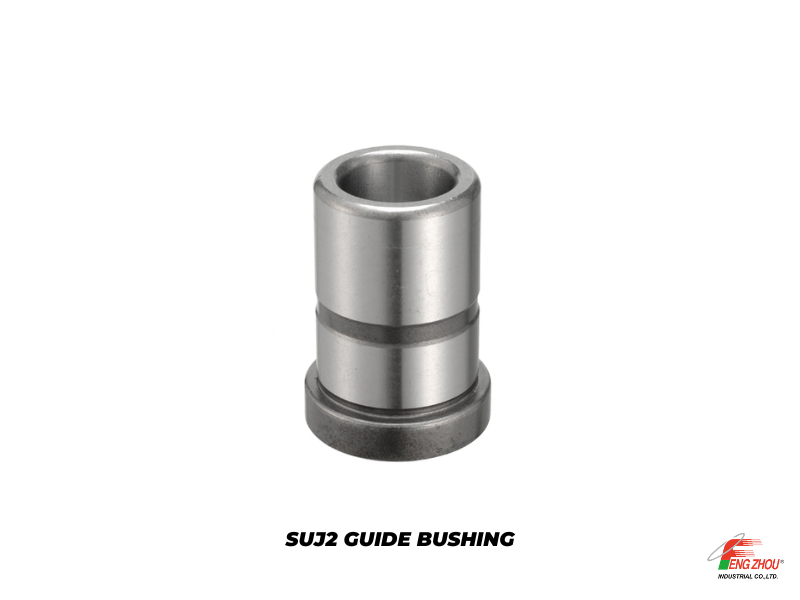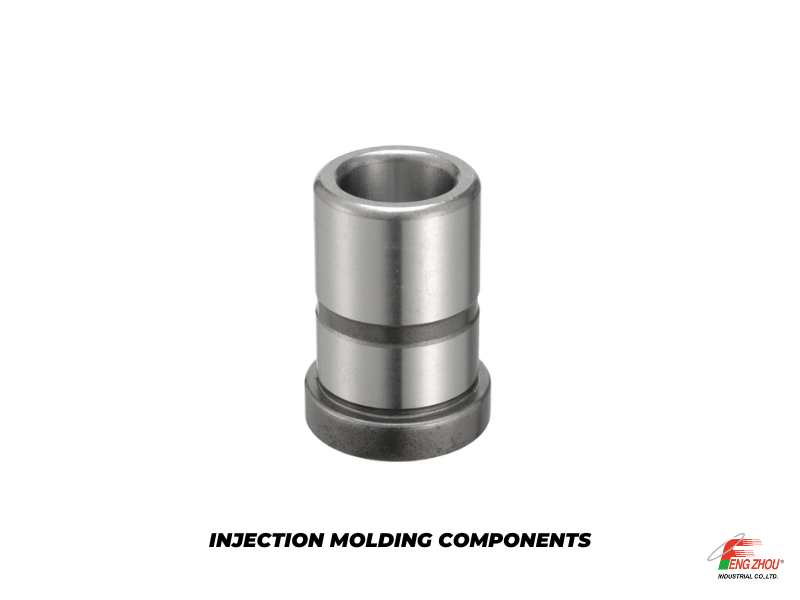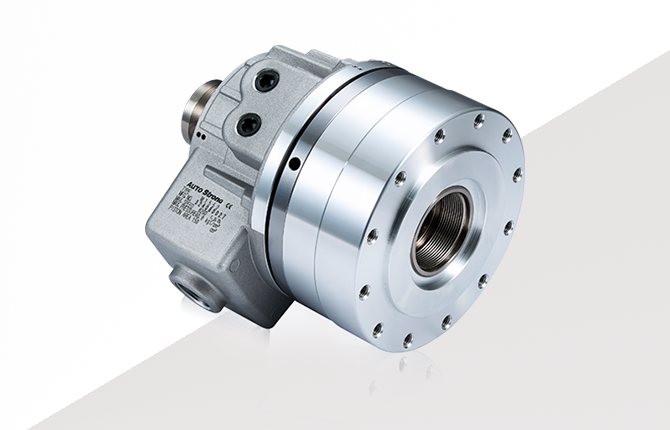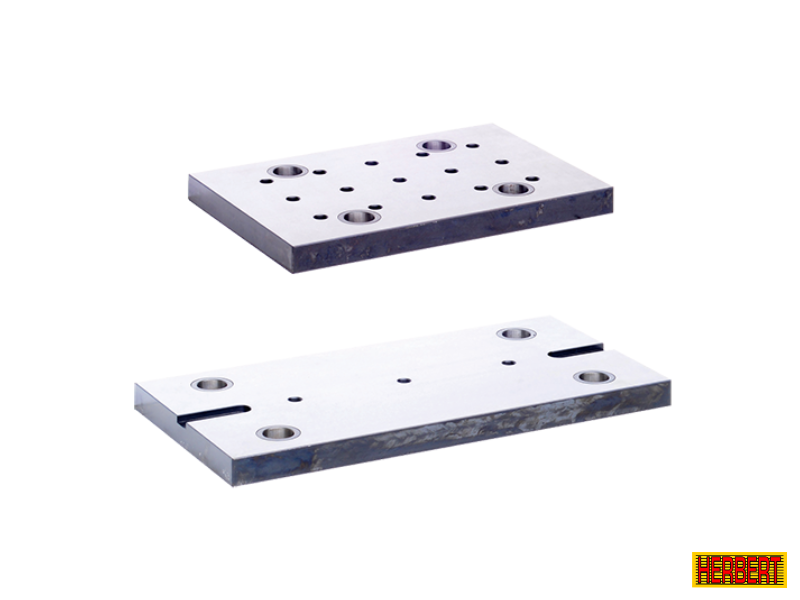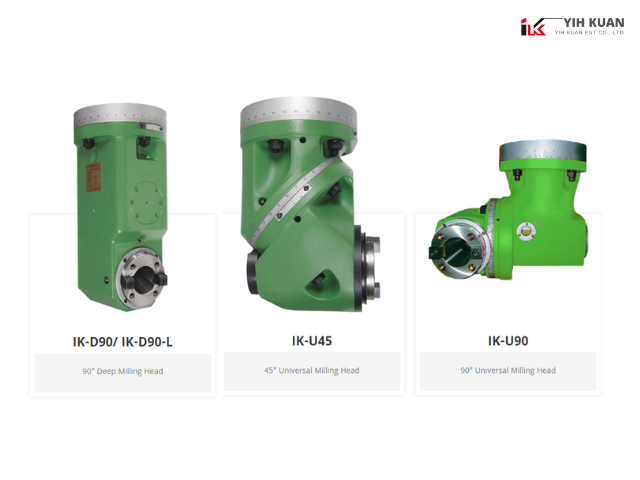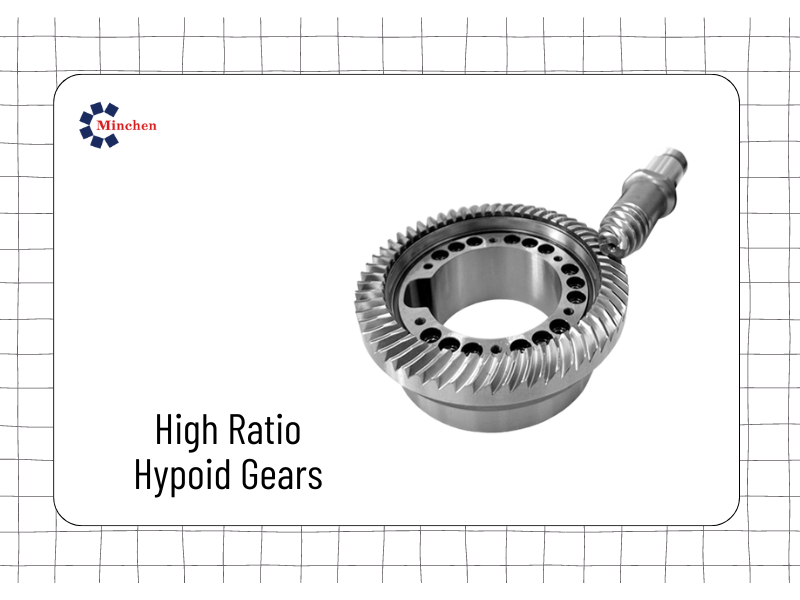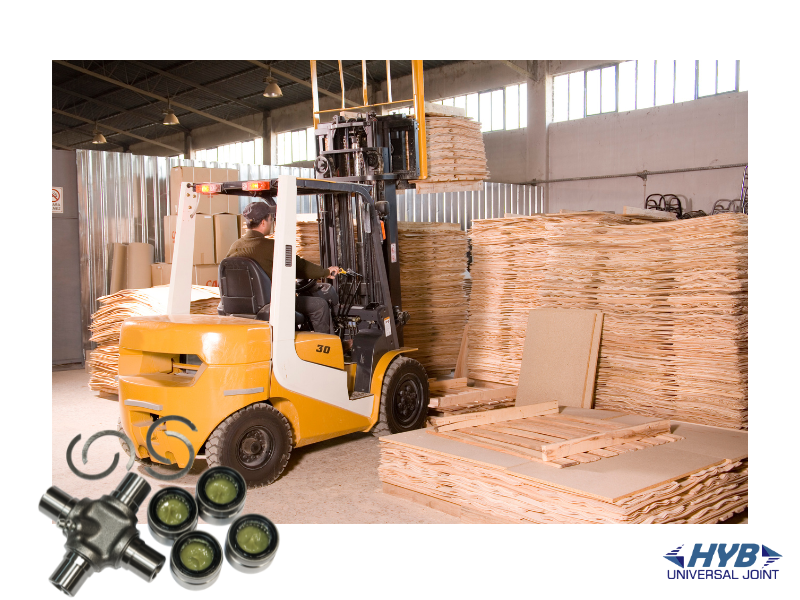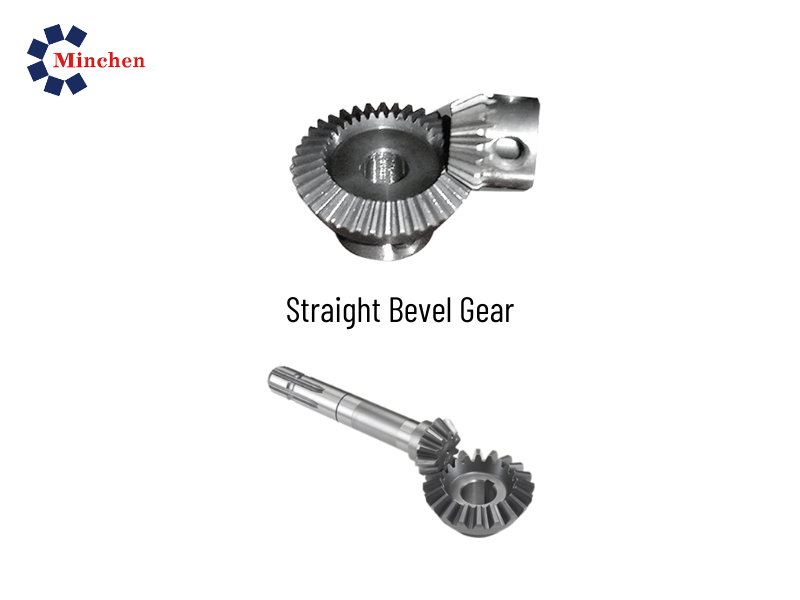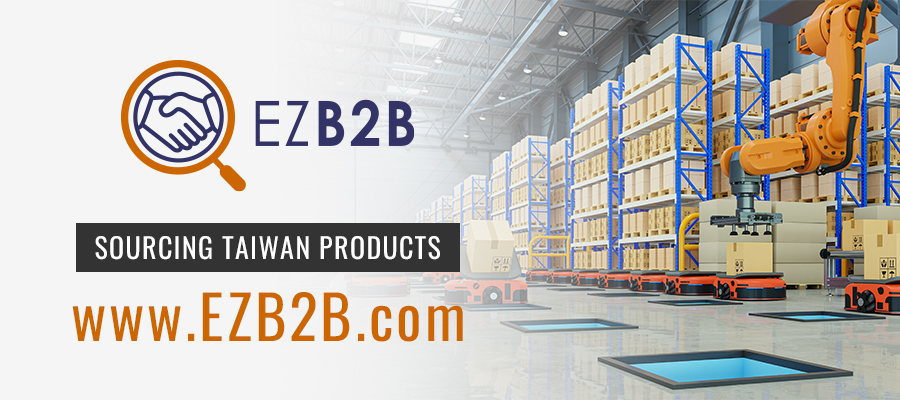What Is An Electric Discharge Machine? A Complete Guide to EDM Machines
2022-09-06Mould & Die From:OSCAR E.D.M. COMPANY LTD.
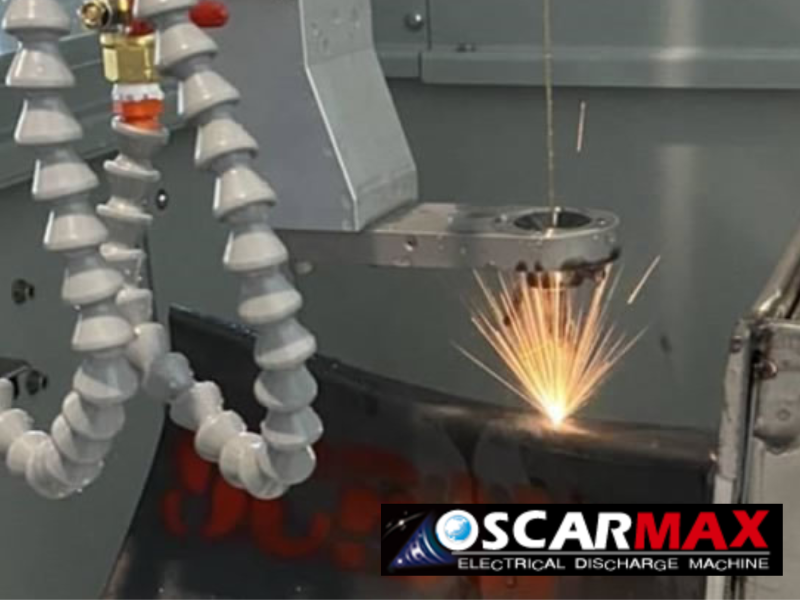
The art of precision machining played an essential role in the advancement of automobile engines, aircraft parts, and other components that need to be machined. Before the 80s and 90s, the machines used for this procedure were fundamental, requiring physical strength and intricate skills.
EDM or Electric Discharge Machines are a great alternative to your standard milling machines. The machines have many perks you won't find on other devices.
In this article, we'll help you define exactly what an electric discharge machine or EDM machine is and see how they can be used in the industry. If you like that sound, stick with us, as this is an exciting subject and fun to learn about.
What Is Electrical Discharge Machining (EDM)?
Electrical discharge machining (EDM) is a subtractive process in which material is removed from a workpiece by using electrical discharges. EDM is primarily used for cutting, shaping, and finishing metals but can also be used on ceramics, plastics, composites, and other materials.
In EDM, the workpiece is suspended between two electrodes immersed in an electrically conductive liquid (called the "electrode material"). When the operator sends an electric current through the fluid between the electrodes, it creates an electrical field with a high potential difference between the two ends of the gap.
The current causes ions to flow toward one electrode (the cathode) while electrons flow toward the other electrode (the anode). This causes charged atoms to accumulate at these two locations.
If a conductive tool touches both electrodes simultaneously, it becomes surrounded by ions moving in opposite directions. The ions cause a spark that erodes or melts away some of the tool material as they collide with it.
5 Reasons You Should Use Electrical Discharge Machining
1. Economical
EDM is one of the most cost-effective methods of manufacturing parts. It allows for producing large quantities of products with little waste or scrap. It also makes parts without needing secondary operations such as grinding or polishing.
2. Minimal Tooling Requirements
EDM requires minimal tooling compared to other manufacturing techniques such as milling or turning because it does not require a cutting tool that moves along the axis of the cut but instead uses a stationary electrode to penetrate through material and remove excess material from around the part being machined.
3. It's Fast
EDM cuts material quickly compared to other methods like grinding or milling. You can remove material up to 20 times faster than conventional methods, making it ideal for mass production applications.
4. It's Accurate
With EDM, you don't need a jig or fixture because the tool follows the contours of the part you're working on. This makes it easy to get consistent results every time you use it.
You can even cut features that would be impossible with other processes like milling or drilling because there's no need for support tools such as pins or chucks.
5. Precision
The ability to create tiny holes and cavities with high precision makes this method ideal for producing components with tight tolerances and complex designs.
The Types of Electrical Discharge Machining
1. Die sinking EDM
Die sinking EDM is a type of wire EDM where the electrode is stationary, and the workpiece is moved through it. This is done by moving a tooling table on which the workpiece is placed. The tooling table moves up and down through an electrode holder assembly with several electrodes, each positioned at different heights.
2. Wire EDM
WEDM is used to cut or shape parts from soft materials like copper, aluminium and plastics. The process involves holding a temporary electrode above the workpiece while an electrical current flows through it; this creates an arc that melts metal from the electrode tip as it moves across the surface of the material being cut.
The electrode leaves behind a path of molten metal that forms an undercut along with a finished surface on your workpiece. To create a full-depth cut, you'll need to move your electrode back and forth many times while feeding in more metal until you reach your desired depth.
3. Hole Drilling EDM
Hole drilling EDM uses a wire electrode that is fed through a hole in the workpiece. The electrode is then submerged in an electrolyte bath and connected to a power source.
The process begins when an electrical current flows through the wire, causing it to become positively charged at one end and negatively charged at the other.
How is A Conventional Electrical Discharge Machine Used?
A conventional electrical discharge machine (EDM) is used to cut, shape or form various materials. It uses electricity to produce a spark that burns into the material being worked on, leaving behind a finished product. EDMs are used in many industries, including electronics and aerospace.
The first step in using an EDM is selecting the proper electrode for machining your material. The electrode is fitted into the machine operator's handpiece, which enables him to hold it firmly while working with it.
The operator then moves the electrode over his workpiece until he finds the desired location for cutting or shaping. He pushes down on his foot pedal to start the machine and begins machining by moving his handpiece over the workpiece in straight lines while pressing down on his foot pedal every few seconds.
The sparks created when current passes through the copper electrodes burn into whatever material they're working on at that moment, creating an indentation or groove that can be repeated multiple times if necessary for larger projects such as gears or other parts for vehicles or machines.
How is Wire EDM Used?
The WEDM process involves passing an electric current through a metal wire. The current heats the wire to several thousand degrees Fahrenheit, causing it to glow red hot. This generates enough heat to melt through the material being cut or drilled.
As the cutting process progresses, the wire continually moves back and forth along its cutting path until it reaches its desired length.
Electrical discharge machines are used to carve designs into metal, so metalworkers can easily bend the metal into their preferred form without creating a mould for it.
While you probably don't have an electrical discharge machine handy at home, the EDM is great for those looking to get custom touches on metal objects or add engravings to their existing tools.
The customized detail you can get with an EDM is especially great for makers who want something unique in every piece they produce.
Now that you've learned about electric discharge machines in detail, you're probably excited to start your first project. That's great, but keep in mind that there are many safety precautions that you need to take before operating your machine.
